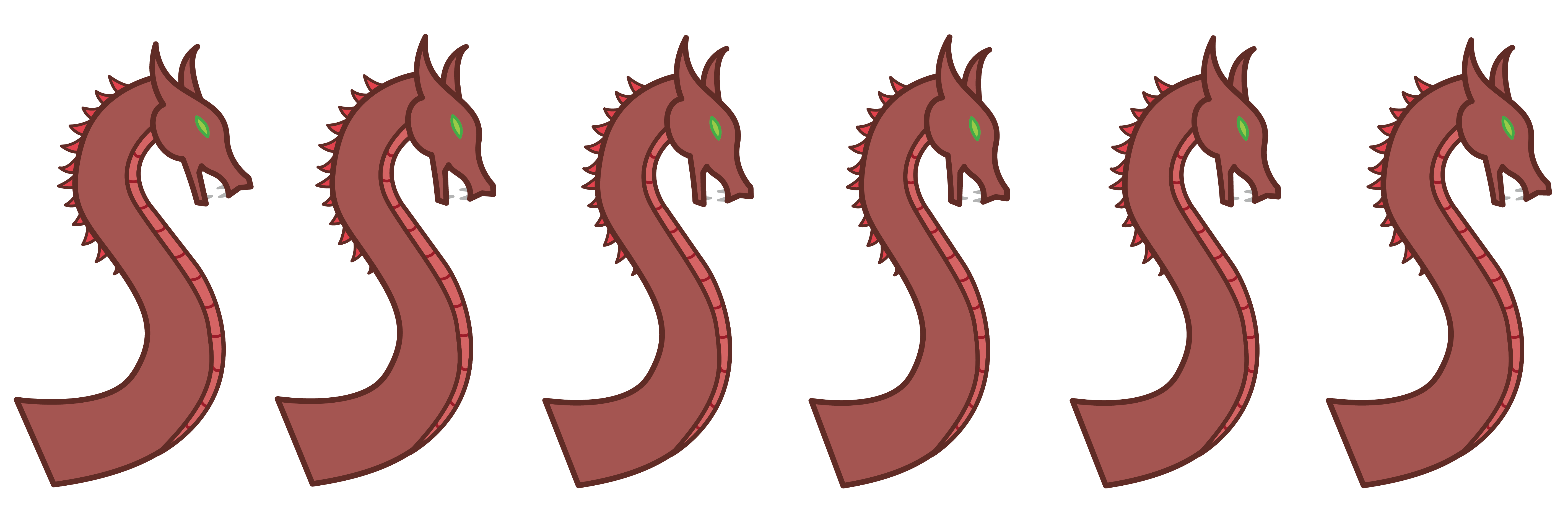-
Notifications
You must be signed in to change notification settings - Fork 0
Enemy Monster Animations
A large monster will traverse the screen from left to right chasing the player which will serve as a "death wall". If the player falls behind and makes contact with the monster, the player will take large amounts of damage. The death wall enemy will be inspired by Norse mythology and the theme of space to align with the game story.
The sketches below explored the potential designs for a serpent and rock golem monster. Enemy designs were characterised by being narrow-ish and tall as they were required to fit in a confined space on the screen and left of the player.
Draft Designs: Through discussion with some members in the studio, designs 2, 4, 7 and 8 were considered the most suitable to be developed. Using Adobe Illustrator, design variations were created and user testing was undertaken, as detailed.
Final Designs: Through user testing, there was a general consensus that users preferred the serpent designs over the rock golem concept. It was decided that three serpent monsters would be featured on the three levels. Below are three serpent designs of varying colour and style which aim to contrast the background and terrain appearance.

The serpent for level 1 was animated with 6 frames. The movement aims to mimic the smooth contracting and expanding nature of how snakes move with the slight bobbing of the head to match the change in center of gravity.

- Player UI
- Popup Menus
- Obstacles
- Boss Enemies
- Progress Tracker
- Checkpoint Design and Functionality
- Score System
- Lives System
- Game Background
- Multiple game-level
- Visual Improvements
- Tutorial Level
- Character Design and Animations
- Character Damage Animations
- Player Animation Functionalities
- Player and Serpent Portal Transition
- Pop-up Menus
- Obstacles
- Lives & Score User Testing
- Buffs & Debuffs
- Buffs & Debuffs redesign
- Obstacle Animation
- Background Design
- Level 2 Background Appearance
- Enemy Monster User Testing
- Level 1 Floor Terrain Testing
- Introduction Screens User Testing
- Character Movement Interviews & User Testing
- Sound user testing
- Level 2 Obstacles and enemy
- Story, Loading, Level 4 and Win Condition Sound Design User Testing
- Giant Bug and Purple Squid animation user testing
- General Gameplay and Tutorial Level User Testing
- Level 4 Terrain User Testing
- Game Outro User Testing